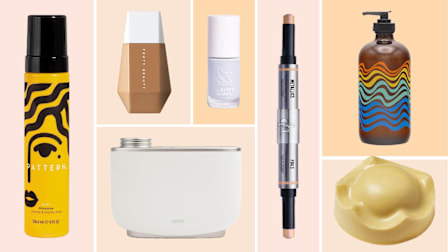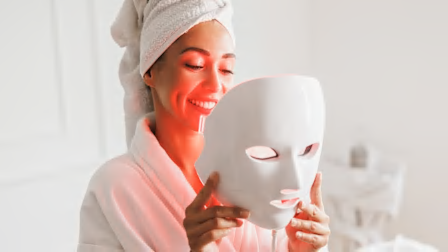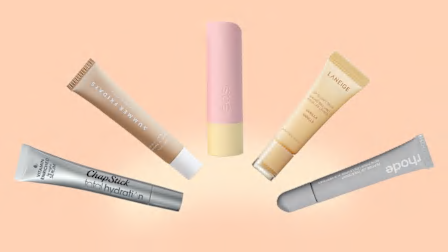The Dark Side of Skin Lightening
Some skin lightening products can be dangerous and cause permanent harm

Skin lightening might not be a familiar topic to many Americans, but it is an intensely popular subject globally and in some U.S. communities of color: The hashtag #whiteningcream has over 40 million views on TikTok, and products that are promised to bleach or lighten skin tone are readily available both online and at drugstores. According to market research firm StrategyR, estimated global sales of skin lightening products will exceed $8 billion in 2022.
But some skin lightening products currently on the market contain ingredients that are not approved for this use by the Food and Drug Administration and can be harmful. The FDA in April issued warning letters to 12 U.S. companies for selling over-the-counter (OTC) skin lightening products that contain “unapproved drugs and are not generally recognized as safe and effective.” All the products in question contain hydroquinone.
The FDA says it has received reports of serious side effects from the use of products that contain hydroquinone, including rashes, facial swelling, and skin discoloration that can be permanent. While some of these products are still being sold in the U.S., there are currently no FDA-approved OTC skin lightening products. Skin lightening products containing topical steroids and dangerous ingredients, such as mercury, may also be available for purchase online and promoted on social media sites such as Instagram and TikTok.
A Global Problem
Dermatologists and other healthcare experts have expressed concern over the pervasive use and abuse of skin lightening products. “This is an issue that is embedded in many cultures globally,” says Amira Adawe, MPH, founder and executive director of the Beautywell Project, an organization working to end colorism, skin lightening practices, and related exposure to dangerous chemicals. “The practice of colorism is so embedded in many cultures globally because the idea that ‘whiteness is the best’ was introduced to many communities during colonization and slavery. The beauty standards of many cultures are measured by how white the person is.”
Adawe says that colorism leads many women to believe that the likelihood of finding a husband and even landing a job depends on their complexion. “In my research with many communities of color in the U.S. and globally, young girls have shared with me that the use of skin lightening products is encouraged by their mothers and relatives. This can be very damaging to young girls because it impacts their self-esteem and overall health. Many women do not think that they are beautiful enough if they are not light-skinned.”
Staying Safe
Hartman says safe alternatives to hydroquinone are available without a prescription for people who want to even their skin tone, rather than lighten it. “Cysteamine is the most groundbreaking topical ingredient to hit the market in the last few years,” he says. “It is nontoxic, can be used long-term, and helps to provide a more natural-looking, even complexion.” Cysteamine can also treat hyperpigmentation and melasma, a condition that causes dark patches or spots, usually on the face.
Patients who want to lighten defined areas of hyperpigmentation rather than their entire complexion can consider laser treatments provided by dermatologists. These can cause short-term pain and reddening but do improve the appearance of dark spots.
In spite of the risks, skin lightening is still highly coveted by some in a world that props up white skin. “It’s important that we focus collectively to combat colorism,” Adawe says, noting that it will reduce risks to—and improve the overall health outcomes of—affected communities.
Correction: This article, first published on June 23, 2022, has been updated with the correct credentials for Amira Adawe, MPH.



















